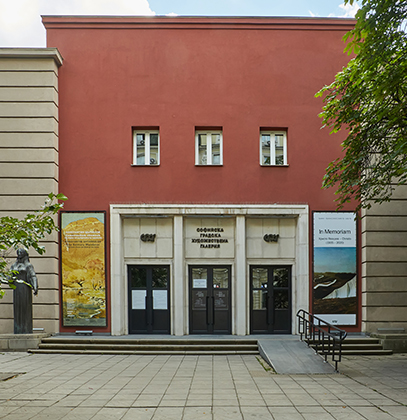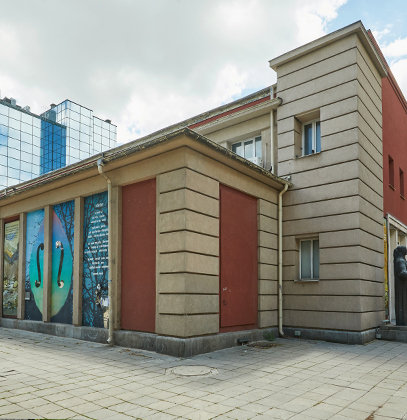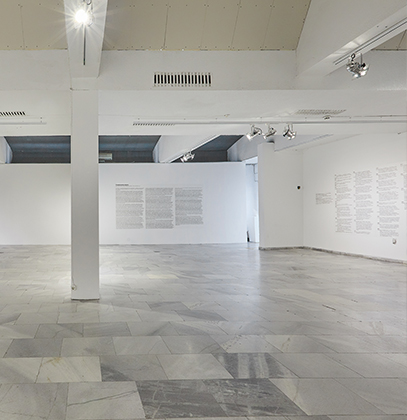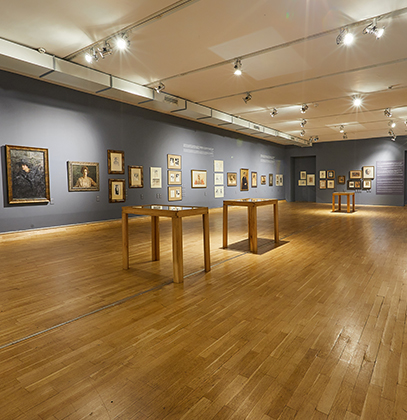SOFIA CITY ART GALLERY
BUILDING
In the place of today’s building of the Sofia Art Gallery, the excavation works for the Court House started as early as the first years of 20th century. Tsar Ferdinand I of Bulgaria imposed a ban on the construction as he made it explicit that he did not want a court institution rising opposite his home. Thus, a decision was taken to build the City Casino after the design of Architect Naum Torbov. The casino was opened in 1908 and hosted a number of concerts and guest performances by foreign musicians. One of the musicians who later played on board the sinking Titanic until the end was a member precisely of the City Casino Orchestra. After 1910, every Saturday marked the guest appearance of the theatrical company of the National Theatre. Following the great fire in the National Theatre, the casino was temporarily used as a theatre hall. It held the first beauty contest in the capital city.
One of the greatest assassinations in the modern history happened in the City Casino about 1:00 a.m. on February 14th (February 1st, O. S.), 1915. It was committed in the beginning of World War I, when Bulgaria was still neutral. It was probably organised by the government of the Ottoman Empire and aimed at compromising the supporters of the Entente in the Bulgarian political circles.
The building was expanded in 1940. After the bombings in the capital during World War II the casino was greatly damaged. Scores of students and artists from the National Academy of Arts participated in the reconstruction in 1948. The building was submitted to the Union of Bulgarian Artists and was used as an exhibition hall. After the new expansion and the architectural changes from 1973 to 1976 it was given to Sofia Art Gallery. It is an architectural monument of culture of local importance.






